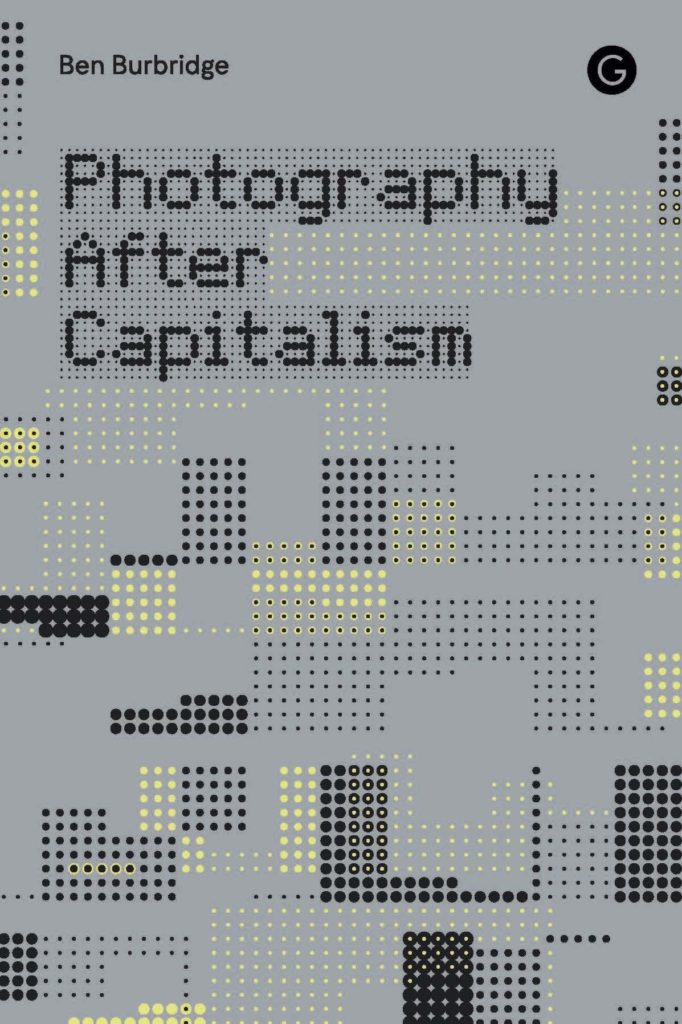
Publisher: Goldsmiths Press // Pages: 240 // Date: Dec 2020
In 2011, a contemporary artist and a US council of war both made use of a series of photographs taken from satellite imagery. The artist was Mishka Henner; his Libyan Oil Fields appropriated the aerial views of petroleum extraction in that country which are freely available on Google Earth. The facilities appear high res, and, as has been noted, there are less interesting locations in the Libyan desert yet to warrant so much photographic detail. Henner was only the first to make use of these shots. The same year there was a US strike on some of these targets with some 110 Tomahawk missiles.
The same year, another contemporary artist, Andrew Norman Wilson, got interested in the activities of Google, by filming employees in and around the corporate headquarters in California. One important role was to make digital photographs of books for Google Scholar, but those workers were only given ‘white badge’ status, and hence lost out on some of the privileges (free food, etc) given freely to their colleagues. Though his 11 minute film, Workers Leaving the Googleplex, has a wry connection with early cinema (See Workers Leaving the Lumière Factory, 1895), its more straightforward purpose is to draw attention what happens when photography becomes menial work.
In Enjoy Poverty: Episode III, a 2008 film by Renzo Martens, we meet a group of Congolese wedding photographers who, instigated by the artist, attempt to boost their income by selling images of conflict to Médecins Sans Frontières. Their considerable efforts are rejected in what makes for a very uncomfortable scene in which the artist acts as broker with the client. And it appears that only Western photojournalists can be permitted to make reportage.
What these three projects have in common, besides inclusion in the book Photography After Capitalism, is a concern with the more sinister aspects of contemporary imaging. From oil to systemic poverty via the digital academy, photography is everywhere. Artists who churn out examples of so-called poverty porn in order to condemn capitalism are not doing enough. It appears here that artists need to address photography’s role at the heart of capitalism, and Burbridge demonstrates page after page that fortunately many already do.
But even that might not be enough. Critical art also enables left-leaning fans of critical art to feel that merely by consuming politically engaged art they are doing something. This issue is grappled with by many artists today. Yet even the high earning players in the art market have a critical edge, without which they would lose status and stock. It’s a problem. Burbridge does not call for the storming of the Googleplex, but he does agitate for more incisive photography projects and new social models which photography can facilitate.
Renzo Martens, for example, has been instrumental in the establishment of a white cube gallery at a former plantation in Lusanga, DRC. Will it change much? The implication of its inclusion within these pages is that, locally, it makes a difference. And indeed once you’ve seen those pictures, and once you’ve read this galvanising book, you need never look at a photography exhibition at your own local white cube in the same way again.
Photography After Capitalism documents the loss of innocence given rise to by ubiquitous images, the digital era, and mining for the components of smart phones. But the book also points to the experiences of photography, those projects of resistance, which might one day grant us innocence afresh.
Purchase Photography After Capitalism from The Photographers’ Gallery Bookshop here.